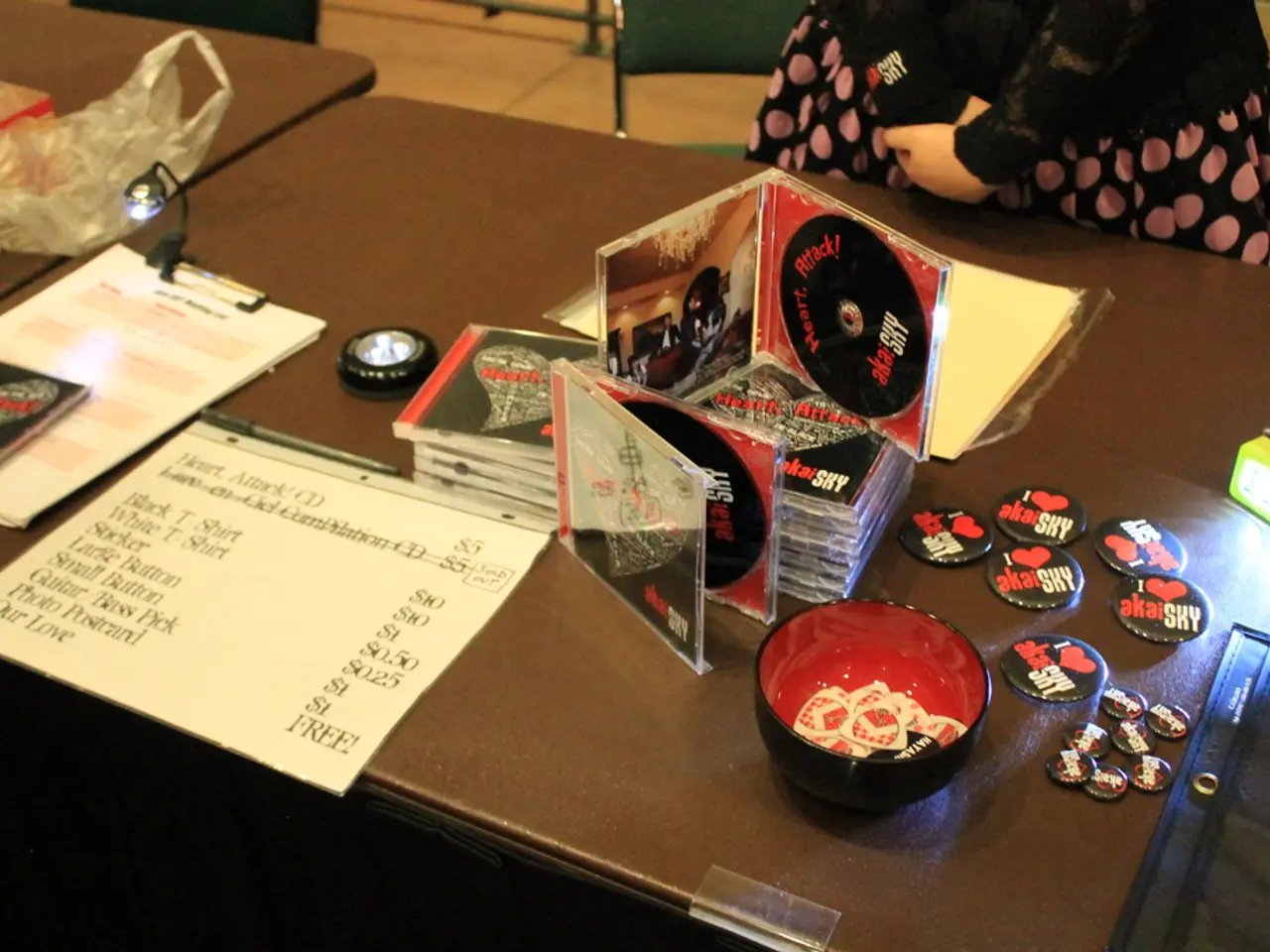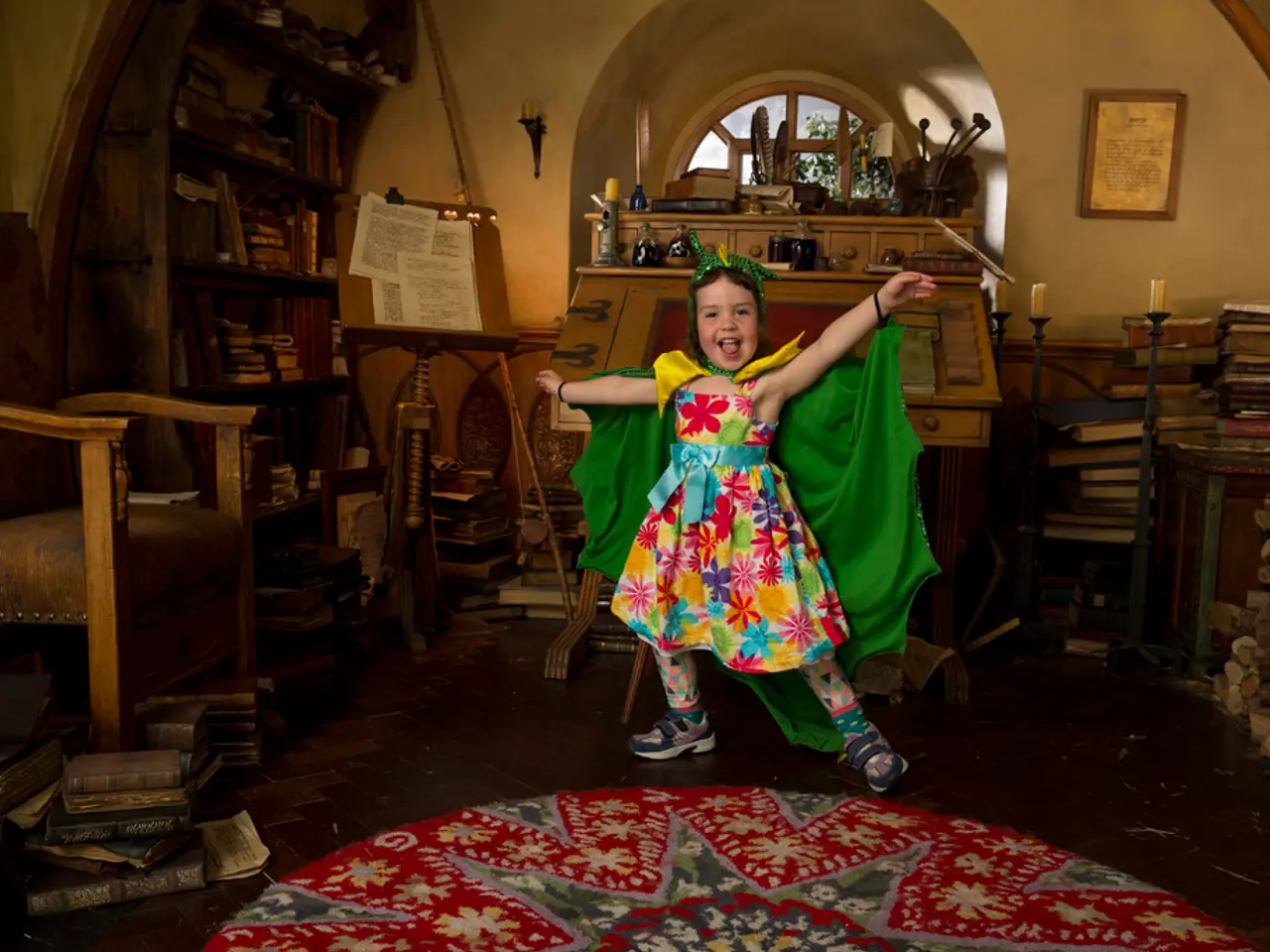Transforming a fully completed work into a Piano-centric Ballad
Reimagining "Answers" as a Piano Ballad: A Journey through Harmonic Tension and Emotional Dynamics
In an intriguing rearrangement, the popular song "Answers" has been transformed into a captivating piano ballad. This metamorphosis, necessitated by live performance conditions requiring only live music without playback, presents a fascinating challenge - reimagining a fully produced piece into a solo piano performance while maintaining its focal points, adding tension, and overcoming challenging passages.
The composer aimed to create harmonic tension and texture in the arrangement, while keeping in mind that the piano is an accompanying instrument. To achieve this, they simplified and reshaped the arrangement, using chord inversions, rootless voicings, and combining the melody and harmony effectively. This approach maintained the essence of the original while allowing space for expression.
One of the most notable changes in the arrangement is the fast passage that created a shadowy, muddy chaos, adding complexity to the sound. Despite the lack of distinctive bass notes for the listeners, these contributed to the overall tension. To maintain tension without it being too obvious, a very fast, semiquaver passage was added to the left hand in a later part of the arrangement.
The tense second chorus was followed by a peak in the arrangement, with the addition of slightly syncopated phrases creating a pizzicato sensation, as a replacement for the missing string part. The chord progression in the rearranged version is Gmin, Amaj, Bmin, Dmaj, which was used to maintain the pulse and build a sense of anticipation.
Carolina Aguirre Anderson, a friend and skilled pianist, assisted in the rearrangement process. Together, they added a sudden change of mode to the arrangement, making the second chorus sound unfamiliar and tense. To add an unexpected element, the rhythm from "This is me" from "The Greatest Showman" was incorporated from bar 25 to add tension to the background as the chorus approached.
The rearrangement was performed for two smaller venues where piano was the only available instrument. The composer has considered turning the rearranged song into a standalone piano piece, but for now, enjoys it as an accompaniment. The signature loop from the main production was added later in the rearranged version, serving as a nod to the original while ensuring the piano ballad maintains its unique identity.
For those seeking guidance in rearranging songs, Juan Rezzuto's "Composition insight" is a valuable resource. This tool can be found at the provided link and offers insights into arranging and composing songs effectively. By following these steps and techniques, you too can create compelling piano ballads that stay true to the original while standing out as unique, expressive piano pieces.
In the rearrangement process of "Answers" into a piano ballad, the composer utilized efficient techniques to create harmonic tension and texture, such as chord inversions, rootless voicings, and the strategic combination of melody and harmony.
The addition of a fast, semiquaver passage in the left hand of the rearranged version helps maintain tension without overwhelming the listeners, providing an unexpected yet complimentary twist to the original music.





